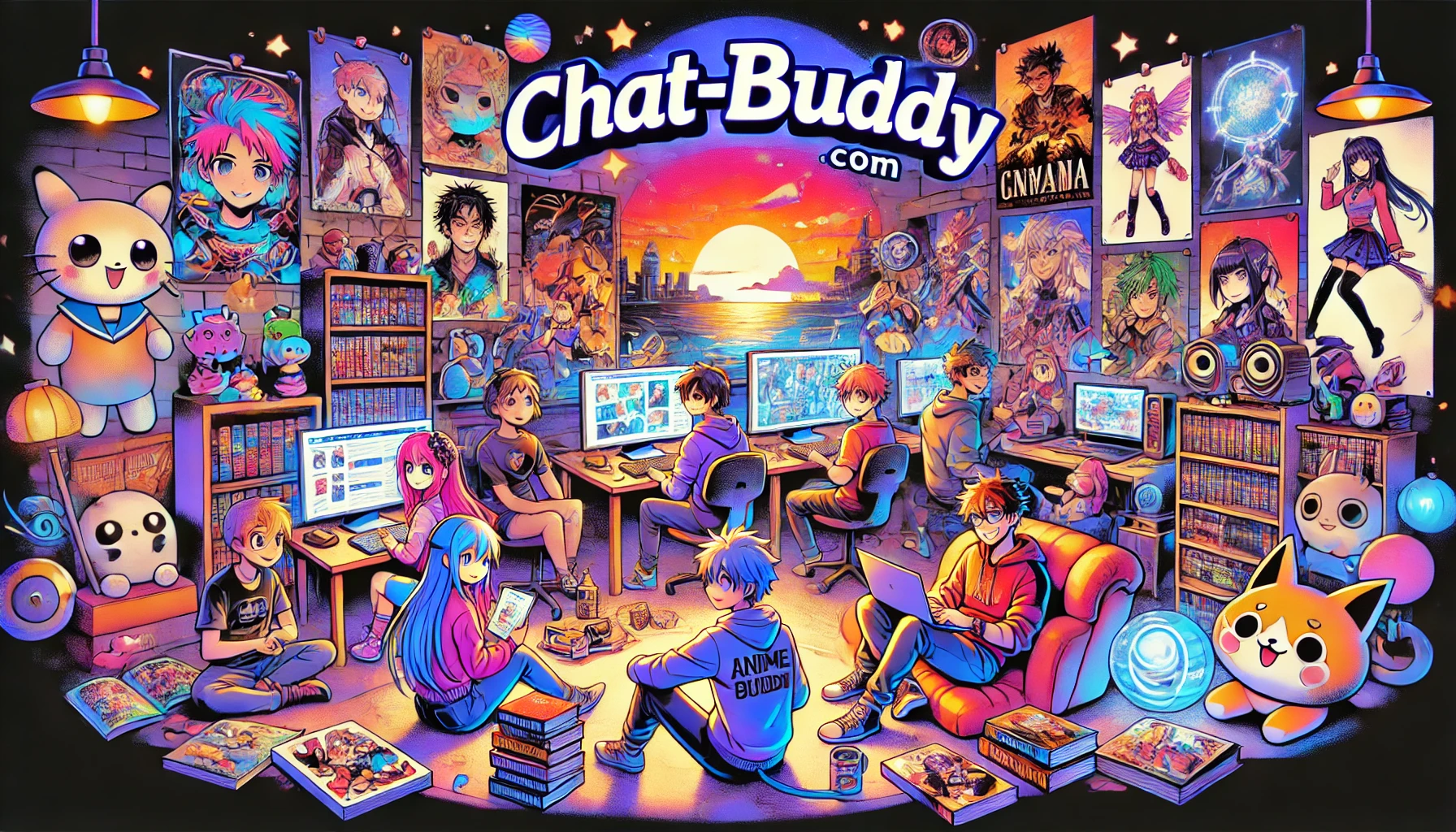Dive into the Vibrant World of Anime and Manga in Chat Rooms

Anime and manga are, like, the best things ever. They’ve got these amazing stories, so many different genres, and characters you’ll never forget. For fans, talking about the latest episodes, iconic series, or hidden gems isn’t just a hobby—it’s basically a lifestyle. Online chat rooms have become this awesome place for anime and manga fans to share their obsession, connect with people who get it, and just dive into the culture.
The Anime and Manga Chat Room is the perfect spot for fans to hang out and geek over everything from classics like *Naruto* and *One Piece* to newer hits like *Attack on Titan* and *Demon Slayer*. Whether you’re a hardcore otaku or just starting your anime journey, this chat room is super welcoming and fun for anyone who loves anime and manga.
Why Anime and Manga Chat Rooms Are So Popular
Anime and manga have this way of bringing people together, no matter how old you are or where you’re from. Places like the Anime and Manga Chat Room let fans talk about their favorite series, characters, and plot twists. It’s like this super lively community where you can swap recommendations, share fan art, and even argue about theories (in a fun way, obviously).
One of the coolest things about anime and manga is how diverse they are. You’ve got action-packed shonen, chill slice-of-life stories, and everything in between. Chat rooms let fans celebrate all of it, with discussions about everything from emotional character arcs to mind-blowing animation.
Building a Community of Super Fans
The Anime and Manga Chat Room isn’t just about chatting—it’s about making connections. Whether you’re swapping tips on cosplay, talking about the cultural stuff in your favorite series, or debating which anime soundtrack is the GOAT, this chat room is all about bringing fans together.
It’s also a great place to discover new stuff. Fans can recommend underrated series, talk about manga adaptations, or introduce each other to anime movies you might’ve missed. It’s perfect for both newbies and longtime fans who want to explore more and fall even deeper in love with anime and manga.
A Space for Creativity and Collabs
Anime and manga fans are seriously creative, and chat rooms like the Anime and Manga Chat Room give everyone a place to show it off. From sharing fan art and fanfiction to organizing watch parties or trivia games, these platforms are always buzzing with energy.
Plus, the chat room is a way for fans from all over the world to connect. People from different countries and cultures come together because they all love anime and manga. It’s a chance to learn about different perspectives and see how anime has impacted people’s lives everywhere.
And more!
The Anime and Manga Chat Room is, like, the ultimate spot for fans to geek out. Whether you wanna talk about the latest anime episode, share your art, or find a new series to binge, this chat room has it all.
If you’re ready to dive into the amazing world of anime and manga, join the community today. It’s a place where stories come alive, friendships are made, and creativity goes wild.
Leave a Comment